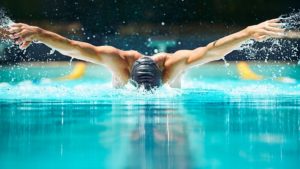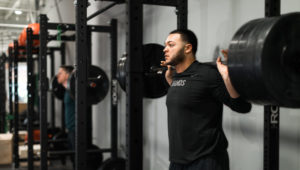
The Triathlon, like most endurance events, is a very repetitive sport. For many triathletes, constant training and racing can lead to muscle weakness and imbalances over time. Strength training is a fourth discipline to achieving longevity and success in triathlon. When done correctly for a specific distance event, strength training can improve sport-specific mechanics, race-day performance, and injury resistance.
A general framework for triathletes would be to plan 12-16 weeks of consistent strength training beginning in the off-season and progressing to strength maintenance during the competitive season.
According to most triathlon coaches, strength training for triathletes requires a different approach than for athletes who rely on explosive strength and fast-twitch power. In this article, you’ll go over the fundamental best practices for getting the most out of endurance-specific strength training.
What Are The Largest Muscle Groups Triathletes Use?
Your lats, chest, and shoulders are the muscles that you rely on for swimming. Quads, glutes, hamstrings, and calves should be vital for the bike and run. Your core must be strong as well to transfer power from your upper to lower body and maintain proper form throughout the race.
1) Feet
There are 29 muscles to consider about the feet (too many to list here), with 10 of them crossing the ankle joint. They work in tandem with a flexible ankle to stabilize the foot and provide a solid foundation with each stride. If the ankle is too tight, the foot must compensate, resulting in complaints like a tight plantar fascia – a long, thin ligament that supports the arch of your foot.
2) Quads
The quads allow you to extend your knee with each stride, and the rectus femoris crosses the hip joint to act as a hip flexor. It’s common for triathletes to be quad dominant because they’re used to sitting for long periods, whether in the saddle or at a desk. This can result in overstriding, resulting in a jarring impact through the body.
3) Glutes
The glutes are basically made up of three muscles: the gluteus maximus, the gluteus medius, and the gluteus minimus. The glute max is the most significant muscle in the body, and the better you can get your glutes to fire, the more resilient you’ll be as a runner.
4) Core
When you run, your core balances and stabilizes you, it assists in keeping your hips aligned so that other muscles do not have to overcompensate and tire faster. Core muscles, like the obliques and abdominals, are required to support an upright torso and rotate the arms and legs.
Swimming Strength Training
For competitive swimmers, swimming strength training can be highly beneficial. It will allow for the strengthening of essential muscle groups, resulting in improved swimming performance in races. Swimming strength training has many complex aspects, but the result is that it will give you an advantage.

Importance Of Swimming Strength Training
Following are some of the primary importance of swimming strength training
- This aids in their movement through the water.
- It also assists them in overcoming the resistance caused by the drag* caused by the water.
- Producing more force and propulsion is an essential aspect of swimming faster.
- They must also maintain a high level of stroke force and propulsion for an extended period (velocity).
- An effective stroke technique is required for a swimmer to apply the maximum force, propulsion, and velocity.
- Swimmers also require explosive power when starting and turning.
Types Of Swimming Strength Training
Following are types of swimmer strength training
Peak Power
Peak power is defined as the ability to generate the most significant amount of explosive force.
Maximum Strength
The ability to apply significant propulsion for an extended period is referred to as maximal strength.
Endurance and strength
The ability to maintain propulsion for an extended period is referred to as strength endurance.
Running Strength Training

Running is a fantastic sport! It’s one of the simplest forms of exercise you can do. You do not need to have much equipment, and you can do it pretty much anywhere. However, the longer you run, the more you may realize the importance of strength training. Combining running with an innovative strength training plan is a great way to become a faster runner and help prevent a variety of potential injuries!
Benefits Of Strength Training Of Running
Strength training will allow runners to progress in their training while also providing several benefits. Let’s take a look at them:
Endurance and Fatigue Improves
Being more efficient will aid in the improvement of your endurance and the reduction of both central and peripheral fatigue. Simultaneously, working to strengthen your core will allow you to achieve the efficiency above and maintain an appropriate posture during competitions and training.
Increases Racing Speed
Adequate strength training can be a great way to improve and accelerate your speed. It has the benefit of being a very ‘appreciative’ training, as you will see quicker results.
Lower Risk Of Injury
To reduce the likelihood of suffering from any injury, it is critical to strengthen the core (abs and lumbar) and the lower body (mainly the quads, glutes, and hamstrings). This will allow you to run with better posture control. With better posture, you will be able to alleviate any lumbar discomfort caused by this practice.
Biking Strength Training

Strength training on the bike will strengthen your legs and core, increase your power output, and reduce your risk of injury by strengthening tendons and ligaments. It will also improve your climbing ability; what’s not to like about on-bike strength training?
Strength training on the bike can generally be done for much longer than a single exercise or weights session, and because it invariably involves hill work, it will massively improve your climbing skills, training you to endure the continuously high forces needed to hammer those hills.
You can also train for biking in the gym by doing lifts like squats to work all of your major lower muscles or deadlifts for the same result.
Benefits of Biking Strength Training
When it comes to biking, working on your strength can bring a lot of benefits. Some of them are as follows:
- Each time you pedal, your maximum power increases.
- Enhancement of your aerobic power, which should be supplemented with good endurance training.
- The athlete will be more efficient and economical when pedaling.
- It aids in the safeguard of injuries and can even cut the risk in half with a good exercise program.
Conclusion
Focusing on your strength training is very important, and it helps you to build up your muscles and core strength. The above article has mentioned how triathletes use the muscle groups; also, it has mentioned how swimming, running, and biking strength training is essential to keep yourself fit. So what are you waiting for?
DiamondFit Performance
Here at DiamondFit Performance, we have trained every kind of athlete you can imagine. We have trained athletes that participate in common sports like basketball, football, or baseball. We have trained athletes for sports like swimming, running, and track. We have worked with everyone. No matter what sport you participate in, the muscles you use for them are not much different. Triathletes use their whole bodies in their sport which means that they must train most of the large muscle groups to succeed. We can help you train to get better at your sport here at DiamondFit Performance. Fill out the contact form below for more information on how we can help you train for your next triathlon.
Ready to take the first step towards success? Contact us today!Contact DiamondFit Performance


